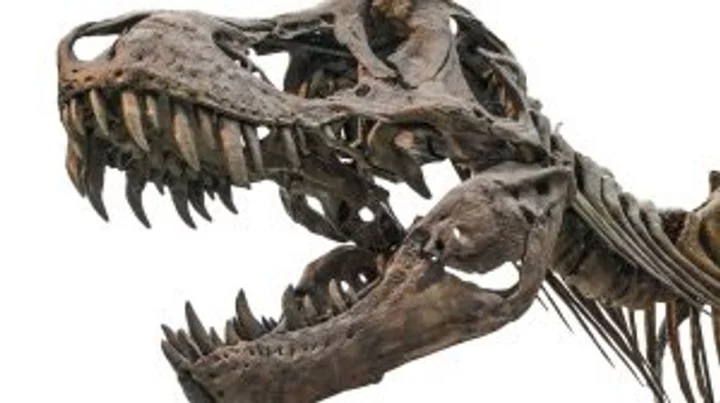If you’re anything like us, you were probably absolutely obsessed with dinosaurs as a child.
However, did you ever stop to think about the sheer number of dinos that were wandering around the planet before they met their untimely end at the hands of an asteroid?
A new study has been published which states that a whopping 1.7 billion T-Rex roamed the Earth in total across the Late Cretaceous period.
It comes after researchers calculated their average lifespan, which measured up to a whopping 40 feet in length and 12 feet in height.
Sign up to our free Indy100 weekly newsletter
They cross referenced this with the number of eggs which survived and the sexual maturity of the animals to come up with the figure.
It’s a huge number, but it’s actually far less than previously thought.
A previous study from 2021 estimated that there were 800 million more of them that existed between about 90 to 66 million years ago.
The research was published in Palaeontology, and evolutionary ecologist Eva Griebeler from the Johannes Gutenberg University of Mainz in Germany wrote about the findings.
"Unlike my model, the generation time as well as life expectancies, gross reproduction rates, and reproductive values of individuals calculated from the previous model all strongly contradicted our current understanding of the biology of T. rex and of other theropods,” she said.
"Their values also disagreed with those of large extant reptiles, birds, and mammals. All of these shortcomings of the previous model favor the assessment of individual and population characteristics of T. rex and of other extinct species using my model."
Griebeler also explained how the findings suggest a lower T-Rex survival rate, as well as fewer generations of the animal and less egg laying.
"All of these shortcomings of the previous model favor the assessment of individual and population characteristics of T. rex and other extinct species using my model," she wrote.
Have your say in our news democracy. Click the upvote icon at the top of the page to help raise this article through the indy100 rankings.

